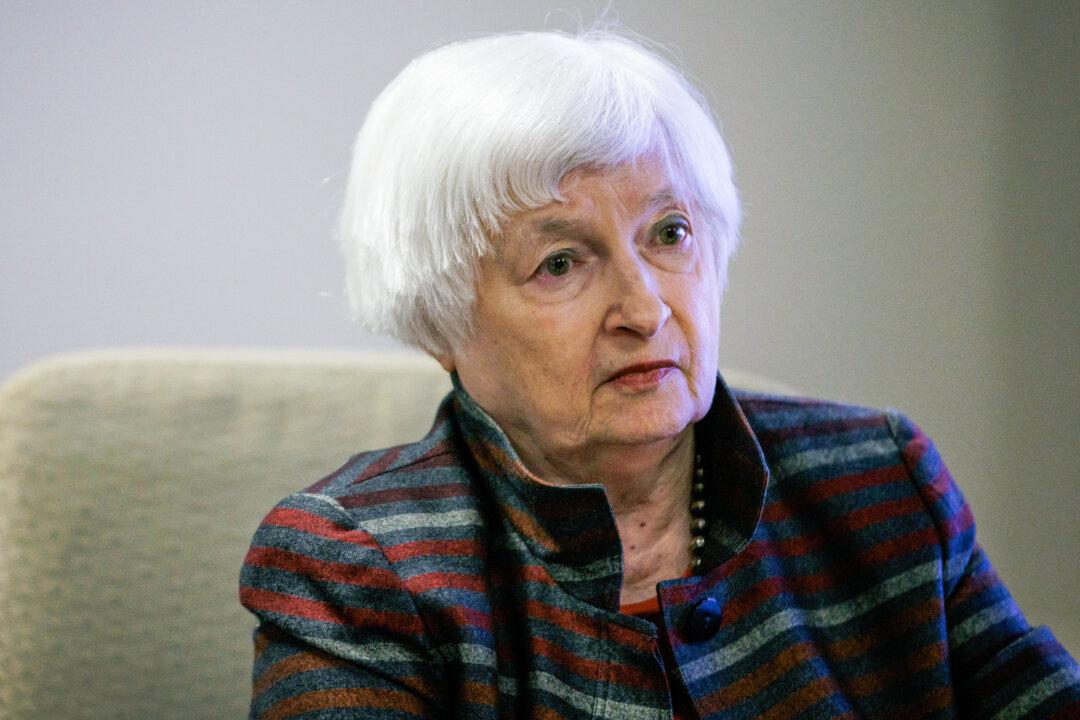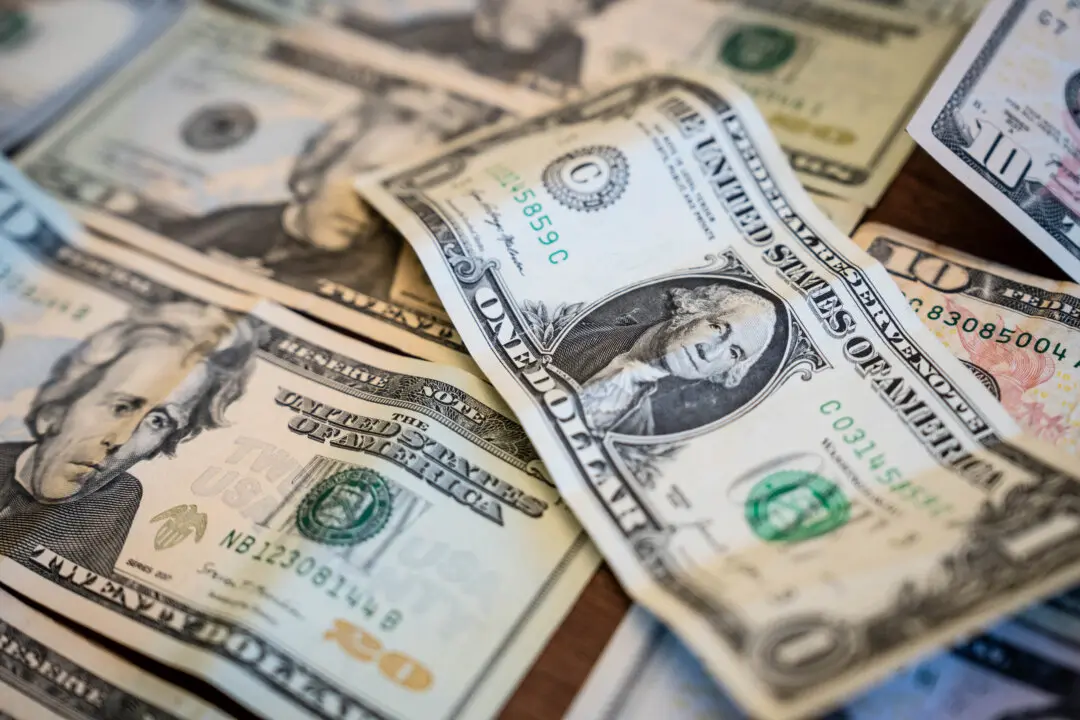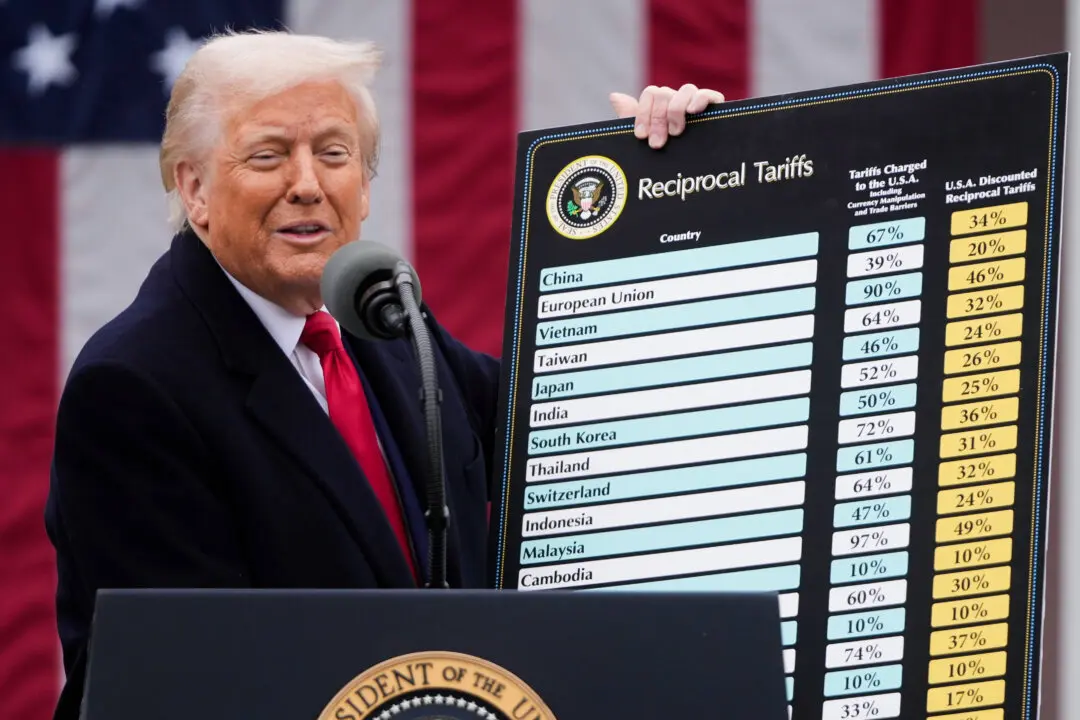Tariffs would result in higher domestic prices and weigh on U.S. firms’ competitiveness to export goods, says Treasury Secretary Janet Yellen.
Yellen kicked off the International Monetary Fund and World Bank annual meetings in Washington, on Oct. 22, highlighting U.S. economic growth and lambasted international isolationism that “made America and the world worse off.”





